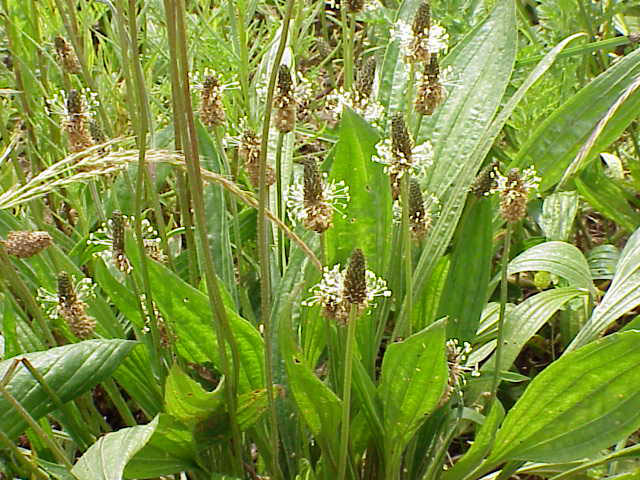Aesculus (Horse Chestnut)
USES Varicose Veins and heavy, tired and swollen legs.
The use of Aesculus in venous disorders has been recognised for a long time and it has been used in the treatment of various venous conditions since the 19th Century. It is one of the most widely prescribed herbs in Germany.
HOW IT WORKS The constituent of Aesculus which has been most studied is Aescin. It has the ability to improve the tone of the veins, reducing leakage into the surrounding tissue.
Often varicose veins are more troublesome in the summer and starting with a course of Aesculus during the spring can prevent the distressing symptoms during the warm weather. For best results, a 3 to 4 month course of Aesculus tablets is advisable. Those suffering from varicose veins will also benefit from ensuring that constipation is not a factor.
Aesculus gel is used for immediate relief of heavy tired legs.

Great news for legs! – The herbal way to help ‘conker’ varicose veins
Here are some things you can do to try to improve the health of your legs:
- Veins need daily activity, so exercise is key to healthy veins. Walking, cycling or swimming are all good to get the blood in your legs flowing.
- Take 10 minute breaks each day to elevate your legs above the level of your heart. A simple way of achieving this is by lying down and resting your legs on a stack of pillows.
- Control your weight. Reducing excess weight helps to take unnecessary pressure off your legs.
- Make sure you breathe deeply and get enough oxygen into the bloodstream.
- Wear loose clothing. Tight clothes around your calves or groin can restrict circulation preventing the normal flow of blood from your legs.
- Avoid high heels – low heeled shoes work your calf muscles harder which is better for your veins.
- Avoid very hot baths, saunas and long periods of sunbathing.
- Avoid crossing your legs. And, if you are standing for a while, make a point of changing your position, shifting from one leg to another. Try some leg exercises or wiggle your toes now and again.
- As always you are recommended to drink plenty water and eat a balanced diet.
Implementing some of these tips could help you manage varicose veins in your legs without too much interference to your daily life.




